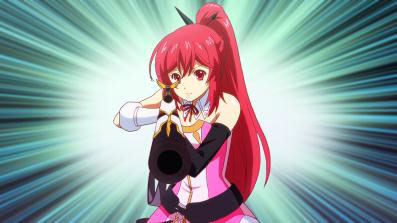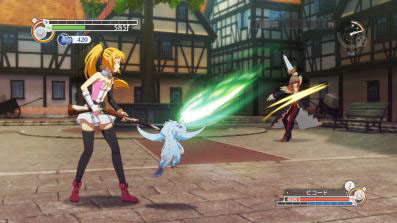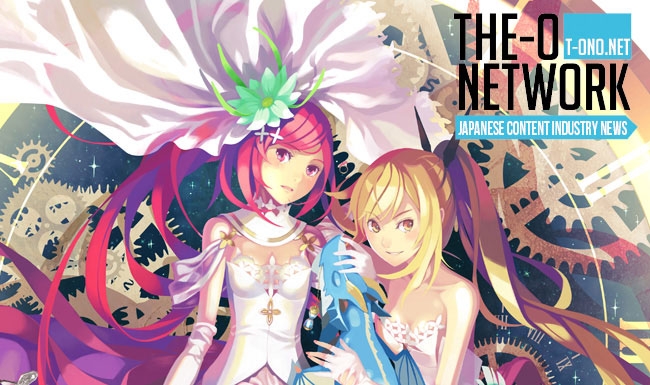We recently had a chance to attend NIS America's 2013 Reunion Press Event in San Francisco and had a chance to interview Namco Bandai video game producer Kay Hirono to ask him a few questions about Sony's PlayStation 4 announcement and the upcoming localization of Time and Eternity (Toki to Towa).
T-ONO: What do you think about Sony's PlayStation 4 announcement?
Hirono: I think that it's a powerful machine, although there are a few things that it's lacking. Namely, I wanted a few more innovative features in the new PlayStation 4, but I still believe in the possibilities of the new machine.
T-ONO: How do you think that [the PlayStation 4] will affect JRPGs in the future?
Hirono: To begin with, the PlayStation 4 is actually really easy to develop for. It's one of the features, so I think that it is going to be much easier to develop quality JRPGs in the future with more interesting features in the game.

T-ONO: Since the PlayStation Vita can be used as a controller with the PS3/PS4 and since JRPGs tend to take a lot of time for most people, do you think you will feature cross-play where you can play on one system and take it with you on another in future games?
Hirono: Usually Japanese people go to offices or schools by taking train rides for up to one to two hours. Since it is common in Japan to play with portable games like that on the Vita, we think that the cross-play feature is going to be used more in the future in roleplaying games.
T-ONO: Since you have worked for Namco-Bandai how did the partnership with (NIS America) come about?
Hirono: We were first introduced to people from NIS through the development company, Imageepoch. Since we knew that this localization was going to be a challenging thing to do, we are really happy to be working with them (NISA) because they are really taking care of the title. They really love it and we are really happy to be working with them.

T-ONO: What do you think is the most difficult thing with localizing Time and Eternity (Toki to Towa) is?
Hirono: Since it's really a Japanese RPG, we are kind of nervous about how people overseas are going to acknowledge this particular Japanese RPG style and the story.
T-ONO: How are you hoping the game will be received?
Hirono: Since one of the features of this game is the hand drawn animation part, we really want people to be looking forward to that. Also, since the story is a really a happy story and it's fun, interesting, and funny, we really want fans to be excited about that too.
Since fans abroad are really into things like first person shooters, we want them to understand that it's really different from those games. This title is a really happy and fun story so that is one of the things we want the fans to enjoy.
T-ONO: Speaking of fans, when developing a title how do you approach the American market vs. the Japanese market?
Hirono: The Japanese market is really unique, so we approach them in a really unique way. For example with the style and the graphics of the girls, we designed them so that the Japanese fans could enjoy them. So in a way we were kind of drawing it in a way that those people like.
People overseas really like the glamorous (voluptuous) style of girls, but people in Japan really like the skinny, small, kind of young girl style- you know, the very moe culture. *laughs*
Interview conducted by Jason Young and JM Alcala. Transcribed by Stanley Fung.

